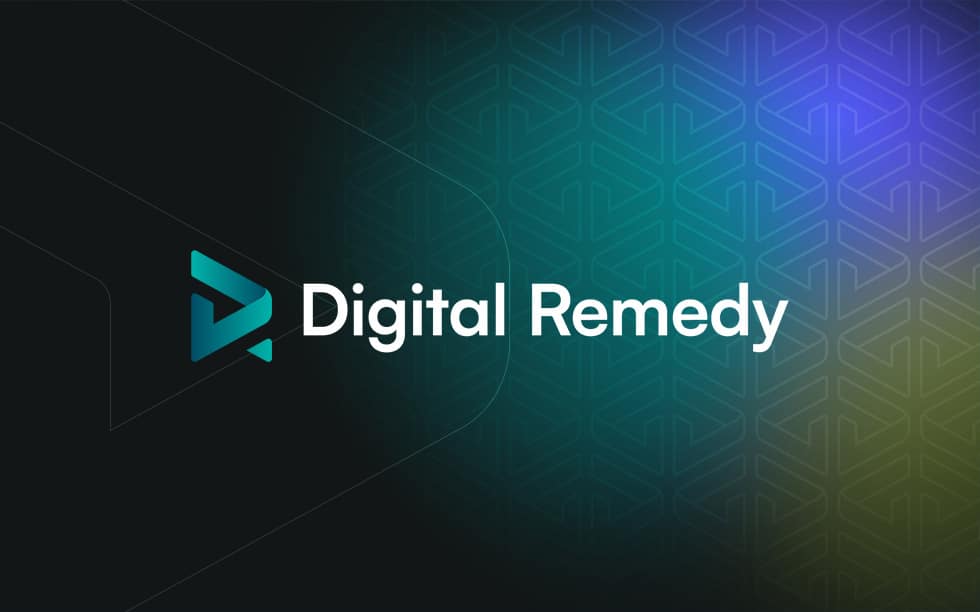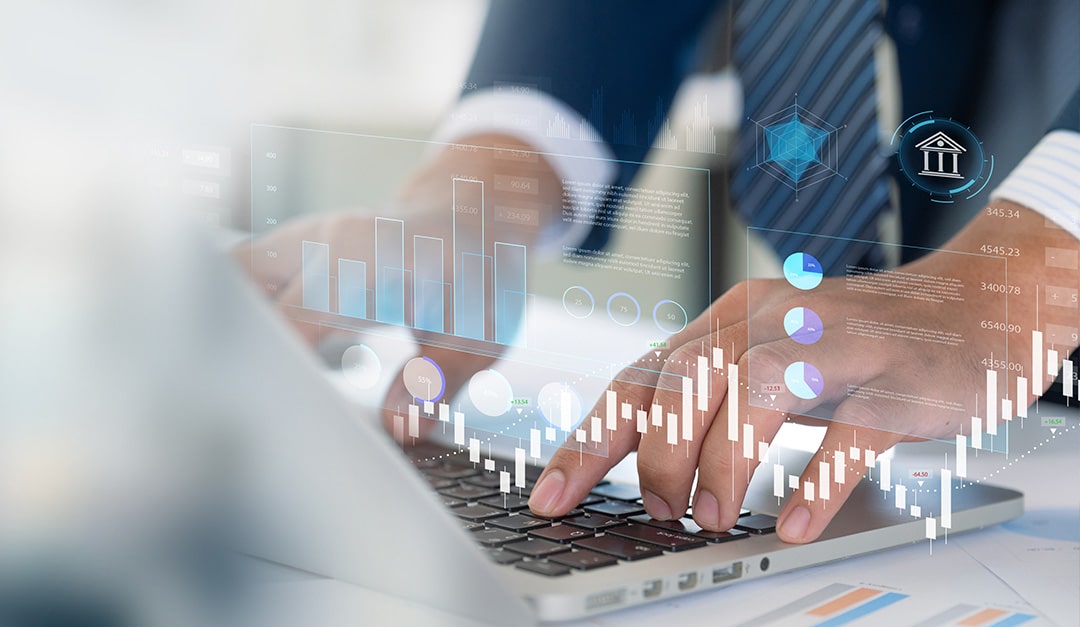Oct 18, 2022
In 2022, holiday retail sales are predicted to increase by 4%-6%. Holiday spenders are looking to capitalize on early deals to avoid the last-minute rush. Rising inflation, combined with a plethora of economic, inventory, and supply chain challenges, will shape consumer behavior. Consumers have different expectations of retailers, with affordability and product availability being top…

In 2022, holiday retail sales are predicted to increase by 4%-6%. Holiday spenders are looking to capitalize on early deals to avoid the last-minute rush. Rising inflation, combined with a plethora of economic, inventory, and supply chain challenges, will shape consumer behavior. Consumers have different expectations of retailers, with affordability and product availability being top concerns.
As advertisers grapple with these external factors, the need to understand and maximize advertising performance is more important than ever. Shifting shopping habits and preferences may make connecting with consumers seem impossible; however, with the right targeting and attribution, and a strong omnichannel strategy (delivering messaging across numerous media channels, including TV, streaming/CTV, and social media), brands can effectively reach new customers and retain current ones this holiday season. 
Download the full report to learn how the current state of the economy will affect how and where consumers plan to shop, and the important role ads will play in the evolving consumer journey.
Digital Remedy provides comprehensive campaign performance reporting and data-driven capabilities to help advertisers and agencies connect with target audiences at the best time this holiday season. Interested in learning more? Speak to a member of our team today.
Related Posts

For decades, reach and frequency were the industry’s gold standard for understanding audience exposure in television advertising. In the.

In the constantly evolving digital advertising landscape, agility and flexibility are paramount. As agencies and advertisers look to maximize.

When COVID-19 upended the world in early 2020, the ripple effects were swift and far-reaching across every industry, and.